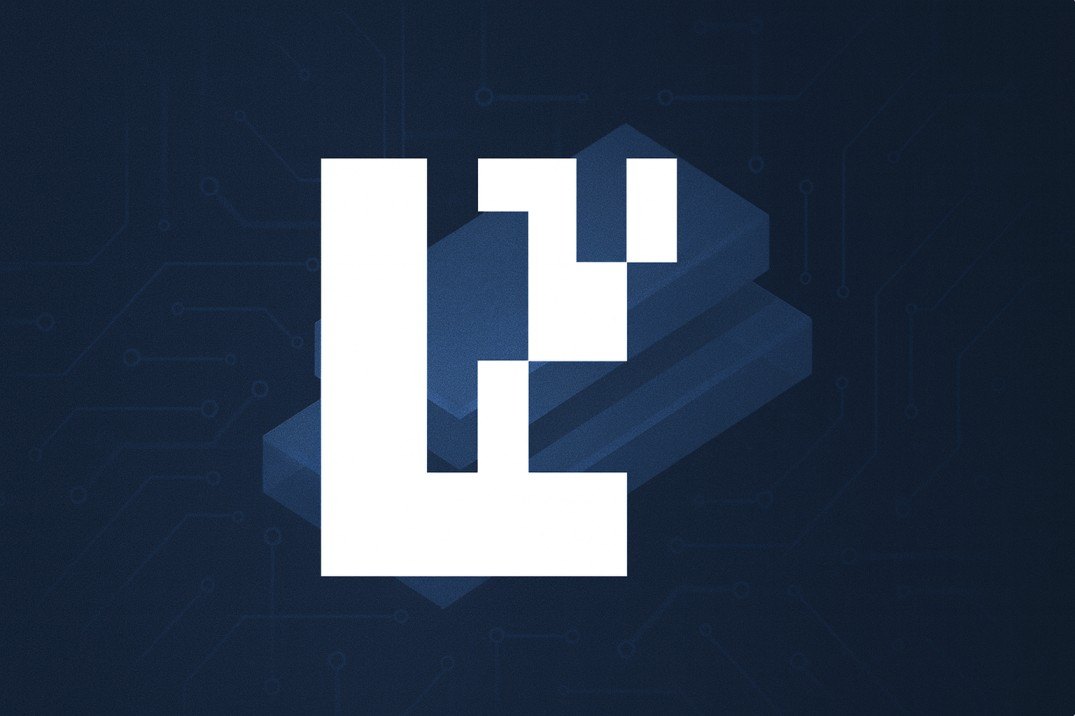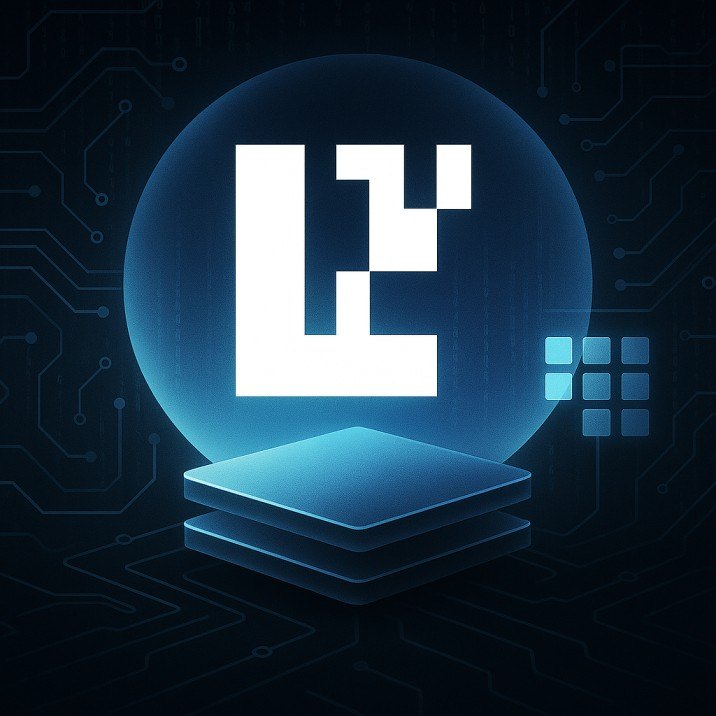TL;DR
- EigenLayer introduces restaking – allowing users to reuse staked ETH to secure new services while still earning rewards from Ethereum staking.
- Actively Validated Services (AVSs) are decentralized applications that can borrow Ethereum’s security via EigenLayer instead of building their own validator sets.
- Examples of AVSs include data availability layers, oracles, bridges, and middleware – all benefiting from Ethereum-grade trust without bootstrapping from scratch.
- Risks exist – including slashing for validator misbehavior, concentration of power among large restakers, and potential systemic risks if multiple AVSs fail.
- EigenLayer is viewed as Ethereum’s security marketplace, where stakers and projects can coordinate to build new infrastructure.
- Long-term vision: creating a shared security economy that reduces fragmentation, accelerates innovation, and strengthens Ethereum’s role as the settlement layer of Web3.
The crypto industry continues to evolve, driven by the search for scalability, security, and decentralization. At the heart of this transformation lies EigenLayer, a pioneering restaking protocol that extends the security of Ethereum to a new range of services. Central to this ecosystem is the EIGEN token, a unique digital asset designed to address one of the most overlooked challenges in decentralized networks: managing tasks that require intersubjective agreement.
This article explores the EIGEN token, EigenLayer's staking mechanism, intersubjective faults, tokenomics, risks, and future outlook-offering a complete guide for anyone looking to understand one of the most promising projects in the Web3 landscape.
Introduction to EigenLayer

EigenLayer is an innovative protocol that expands the use of Ethereum's security model. It allows stakers to "re-stake" their ETH or liquid staking tokens, extending trust to a variety of services beyond Ethereum itself. These services, called Actively Validated Services (AVSs), can range from oracles to AI systems, data availability layers, and more.
While ETH staking is designed for tasks that are objectively verifiable (such as block validation), many tasks in Web3 are not purely objective. They require collective judgment. This is where EigenLayer introduces EIGEN, a token designed for managing these "intersubjectively attributable faults."
What is the EIGEN Token?
The EIGEN token is a universal intersubjective work token that expands blockchain security to a new frontier. Instead of focusing only on on-chain cryptographic proofs, EIGEN enables secure management of tasks where outcomes cannot always be proven mathematically, but can be verified by consensus among external observers.
According to the EigenLayer whitepaper, the EIGEN token is specifically designed for:
- Staking against intersubjective faults within the EigenLayer ecosystem.
- Validating digital tasks across multiple AVSs.
- Incentivizing operators while enforcing penalties through slashing or token forking mechanisms.
This dual role of rewarding good behavior while penalizing malicious activity makes EIGEN the cornerstone of EigenLayer's governance and security model.
How Does EIGEN Staking Work?
Staking is the foundation of the EIGEN token economy. Operators must lock up EIGEN as collateral to participate in validating tasks for AVSs.
The staking process can be broken down into three key mechanisms:
1. Setup and Execution Phases
Before validation begins, rules are agreed upon during the setup phase. Once the system moves to the execution phase, these rules are enforced automatically. This prevents disputes and ensures clarity in what constitutes valid performance.
2. Slashing
If operators deviate from rules or fail to perform their duties, their staked EIGEN tokens can be slashed-serving as a deterrent against misbehavior.
3. Token Forking
If a large portion of stakers act maliciously, the community can create a new fork of the EIGEN token. Malicious actors lose their rights to redeem tokens in the forked version, protecting honest participants.
This mechanism ensures that the system can recover from even severe coordinated attacks, maintaining the integrity of the ecosystem.
What Makes EIGEN Unique?

EIGEN introduces several innovations that set it apart from traditional work tokens and governance tokens:
Universality: EIGEN is designed to secure diverse services across multiple domains-not tied to one specific blockchain task.
Isolation: Through its companion token, bEIGEN, forks and staking disputes do not disrupt applications outside staking, such as DeFi or NFT ecosystems.
Compensation Mechanism: If an AVS suffers an attack, slashed tokens can be redistributed to affected users, creating strong cryptoeconomic guarantees.
Complement to ETH Restaking: While ETH secures objectively verifiable tasks, EIGEN handles intersubjective tasks, making them a perfect pair.
In other words, EIGEN broadens the reach of blockchain-based accountability to areas that were previously difficult to govern without centralized intervention.
Tokenomics of EIGEN
While full details of the EIGEN token distribution are still evolving, some fundamentals are clear:
- Token Type: ERC-20 on Ethereum (with extensions into EigenLayer).
- Utility: Staking, slashing, forking, and AVS participation.
- Dual Token Model: EIGEN for staking/intersubjective tasks; bEIGEN for isolating non-staking applications.
- Incentives: Validators and operators earn rewards for securing AVSs; penalties apply for misbehavior.
This tokenomics design ensures that EIGEN is not only a governance instrument but also a work token tied directly to the reliability and performance of decentralized services.
Who Can Use the EIGEN Token?
The EIGEN token has multiple stakeholders within the EigenLayer ecosystem:
- AVS Developers: They can integrate EIGEN staking to secure their services.
- Validators & Operators: Earn rewards by staking and validating intersubjective tasks.
- Stakers: Lock up tokens to support security and earn passive returns.
- End Users: Benefit from more secure decentralized services without directly managing technical risks.
This layered participation model ensures that EIGEN becomes the backbone for intersubjective trust in Web3.
Challenges and Risks
Despite its promise, the EIGEN token and EigenLayer face several challenges:
Adoption Hurdles: AVSs must be willing to integrate EIGEN staking mechanisms. Without adoption, token utility could be limited.
Coordination Risk: Intersubjective judgments depend on consensus among external observers, which could introduce human biases.
Complexity: The dual-token model (EIGEN and bEIGEN) may be difficult for new users to understand.
Security of Forking Mechanism: Token forking is powerful but untested at scale; it remains to be seen how smoothly it works in real disputes.
Market Volatility: Like all crypto tokens, EIGEN may face speculative risks that don't always align with its utility.
These risks do not diminish EigenLayer's importance but highlight the need for careful growth and continuous iteration.
Future Outlook for EIGEN and EigenLayer
The launch of EIGEN marks a significant step forward in decentralized trust systems. By addressing intersubjective tasks, EigenLayer is opening the door to entirely new applications-from decentralized AI validation to fair oracle reporting.
Looking ahead, potential developments include:
- Expansion of AVSs: More services adopting EigenLayer as their security backbone.
- Integration with AI & Data Layers: Securing machine learning models and data accuracy.
- Cross-chain Adoption: Using EIGEN to secure services across multiple blockchain ecosystems.
- Community Governance: A stronger role for EIGEN holders in shaping EigenLayer's future policies and upgrades.
As the EigenLayer team states, the vision is to create a shared security layer for the decentralized internet and EIGEN is central to realizing that vision.
Final Thoughts
EigenLayer and the EIGEN token represent a paradigm shift in blockchain security. By extending Ethereum's trust model to include intersubjective faults, they address one of the most pressing limitations in decentralized systems today. With its universal design, innovative staking model, and dual-token system, EIGEN is positioned to become a cornerstone of Web3 infrastructure-empowering new use cases that rely on collective judgment, not just mathematical proofs.
While challenges remain, the potential is enormous. If successful, EigenLayer and EIGEN could reshape how decentralized networks validate, secure, and govern tasks that were once considered too subjective for blockchain consensus.











